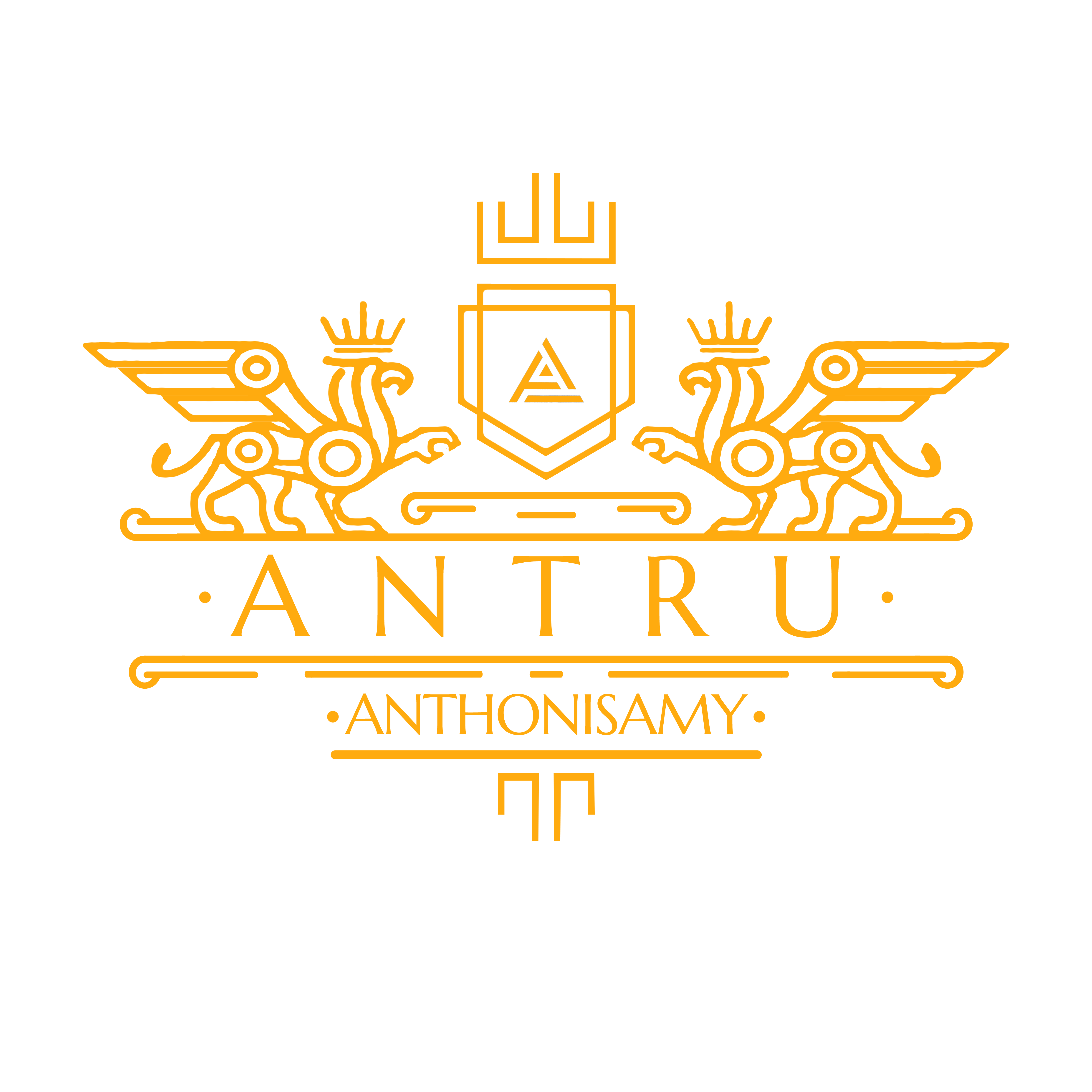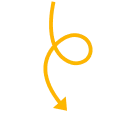Muscle Tissue
Muscle Tissue
The purpose of muscle is to produce force. Despite the type, the muscles produce force when they contract. But, they work slightly differently. And, their function is based on the form.
Skeletal muscle
We can find in biceps, triceps, and squads, etc. They are optimised for quick and strong contractions. Because it helps our skeleton to move against gravity and heavy weights.
When we see in slides, we have 2 views.
- Transverse cross section
- Longitudinal cross section ; parallel of the fibres, we see the sarcomere
Whole muscle is covered by epimysium(dense connective tissue). Epi means upon. Mysium means muscle. In the muscle bulks, we see fascicles(bundles). When there is a bundle, we need something to hold it together. Each fascicle is held by perimysium. And Peri means around. Within these fascicles we can find muscle fibres coated with loose connective tissues called endomysium. Endo means within. Inside the fasciculus we find many myofibres. Myofiber is covered by sarcolemma. Inside myofibers we can find myofibrils. They are held together by sarcoplasm.
When we look at the muscles longitudinally, we find sarcomeres. The size is 2-3 µm.
Cardiac Muscle
They are exclusive to the heart only.
The heart is located between the lungs. The function is to pump blood. And the connective tissues help to separate the inside from the outside and keep it anchored to the place.
Pericardium(parietal pericardium) covers the whole unit. It is a dense connective tissue. Inside this we have serous fluid. Then we have epicardium(visceral pericardium). Inside this we have myocardium. This is the muscle tissue we usually study in histology. Inner tissue layer is endocardium. It is a combination of epithelial tissues and connective tissues lining the chambers of the heart.
Myocardium is the tissue. It is made of myocytes (cells) .
Myocytes are rectangular in shape. One nucleus. Many mitochondria. As the heart has to contract simultaneously, there should be zero lag of electrical impulse. So, intercalated discs (gap junctions) allow the muscle cells to transmit signals quickly.
Smooth Muscle
They surround organs that need to constrict and expand. Blood vessels, uterus, bladder, and gastrointestinal tract.
They are called smooth because they don’t have striations. They are spindle shaped. They also have gap junctions.



